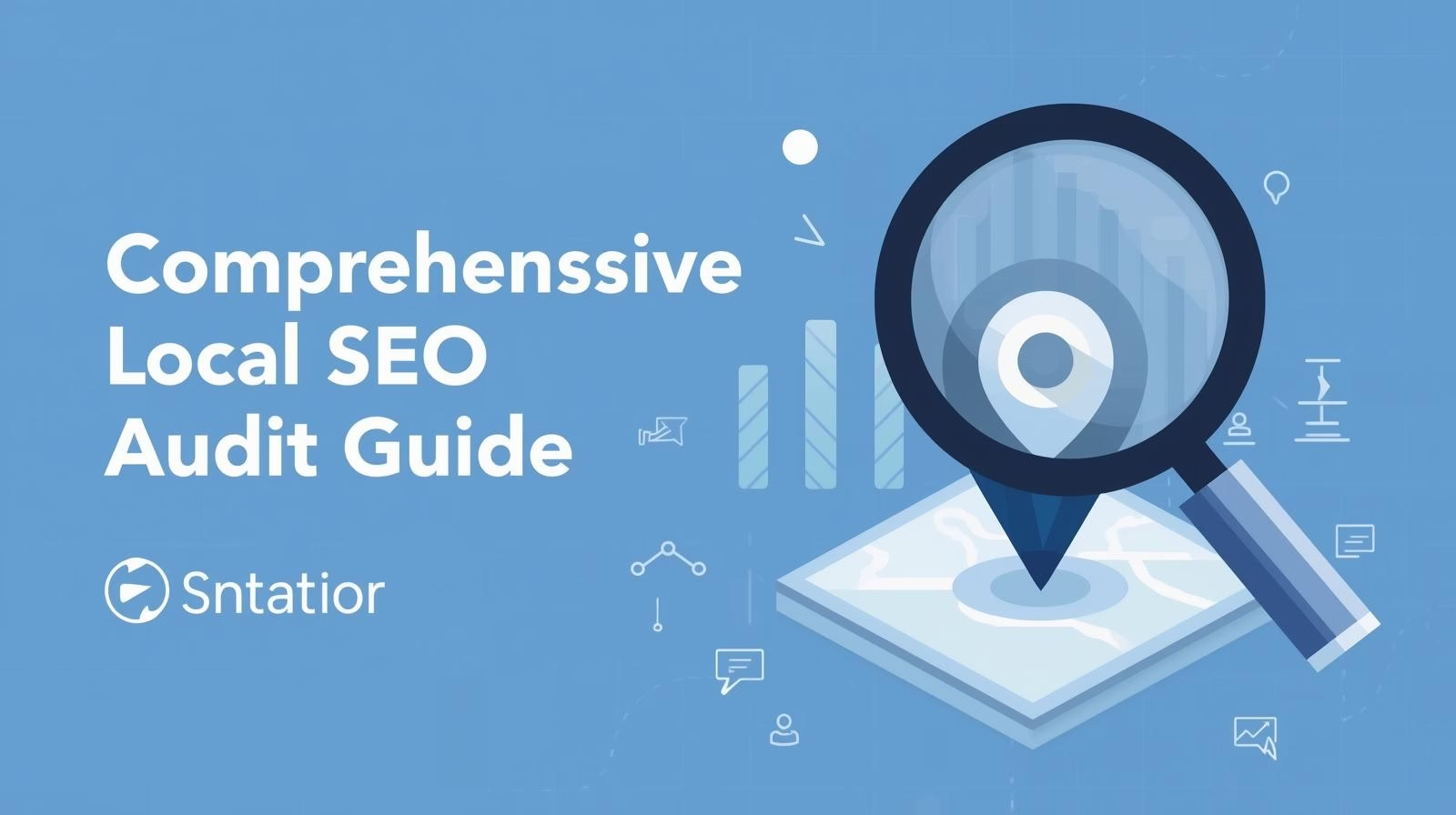Have you ever clicked on a website from your phone only to find it slow, clunky, or impossible to navigate? Chances are, you left within seconds. That’s the power of mobile optimization, or the lack of it. In today’s world, where over 60% of searches happen on mobile devices, mobile optimization isn’t just a nice-to-have; it’s a critical part of SEO success. (The Ultimate Guide to Technical SEO)
In this article, we’ll break down why mobile optimization matters in SEO, how it impacts rankings, user experience, and conversions, and what you can do to ensure your website is mobile-friendly. By the end, you’ll know exactly why Google loves mobile-optimized sites, and why your customers will too.
What Is Mobile Optimization?
Mobile optimization is the process of designing and adapting your website so it delivers a seamless user experience on smartphones and tablets. It goes beyond making a site “mobile-friendly.”
A truly optimized mobile site should:
Load quickly on all devices.
Have responsive design (adapts to screen size).
Display readable text without zooming.
Use easy-to-click buttons and links.
Provide smooth navigation and clear CTAs.
This isn’t just about aesthetics; it’s about accessibility and usability. Google recognizes these factors when determining search rankings.
Why Mobile Optimization Matters in SEO
1. Mobile-First Indexing
In 2018, Google rolled out mobile-first indexing, which means Google predominantly uses the mobile version of your site for ranking and indexing. If your mobile site is poorly optimized, your search visibility takes a hit, even if your desktop version looks perfect.
Key takeaway: Your mobile website is no longer secondary. It’s the primary version Google uses to decide your ranking.
(On-Page SEO Checklist for 2025)
2. User Experience Directly Impacts Rankings
SEO is no longer just about keywords and backlinks. User experience (UX) plays a huge role, and mobile optimization is central to that.
When users land on a mobile site that’s hard to use, they:
Bounce quickly (increase bounce rate).
Spend less time on your site.
View fewer pages per session.
Google interprets these signals as poor user experience and drops your rankings. On the other hand, a mobile-optimized site encourages longer visits, higher engagement, and stronger SEO signals.
3. Page Speed Is Critical
Mobile users expect instant results. Research shows 53% of mobile users leave a site if it takes longer than 3 seconds to load.
Google has emphasized speed in its Core Web Vitals update, meaning slow mobile websites are punished in search rankings.
Ways to improve mobile speed:
Compress images without losing quality.
Minimize JavaScript and CSS.
Use browser caching and a CDN.
Enable AMP (Accelerated Mobile Pages) if suitable.
4. Local SEO and Mobile Go Hand in Hand
Most local searches happen on mobile. Think about it: when you’re looking for a “coffee shop near me”, you’re likely on your phone.
Mobile optimization helps businesses appear in:
Google’s local pack.
Google Maps results.
Voice searches (“Hey Google, find a plumber near me”).
If your site isn’t optimized for mobile, you’re missing out on local leads ready to convert.
5. Higher Conversion Rates
A smooth mobile experience translates directly into sales and conversions. Imagine an eCommerce store with tiny buttons, slow checkout, or confusing navigation. Customers will abandon their carts and move to a competitor.
Mobile-optimized sites:
Offer easy navigation and clickable CTAs.
Provide mobile-friendly forms.
Deliver faster checkout processes.
The better the experience, the more likely visitors will convert into paying customers.
6. Competitive Advantage
Chances are, not all of your competitors are taking mobile optimization seriously. By prioritizing it, you gain a clear competitive edge in SEO rankings and customer satisfaction.
A site that works flawlessly on mobile signals professionalism, credibility, and trustworthiness.
How to Check If Your Website Is Mobile-Optimized
Not sure where your site stands? Use these tools:
Google’s Mobile-Friendly Test (free and easy).
PageSpeed Insights for mobile performance metrics.
Search Console to spot mobile usability issues.
Best Practices for Mobile Optimization
Here are some actionable steps you can take today:
Use Responsive Design
Your site should adapt seamlessly to any screen size.Prioritize Content Hierarchy
Place important information and CTAs above the fold.Optimize for Thumb-Friendly Navigation
Buttons should be big enough for easy tapping.Use Readable Fonts
Avoid small or overly decorative fonts.Simplify Menus
Use collapsible menus for easier navigation.Avoid Intrusive Pop-ups
Google penalizes websites with disruptive interstitials.
Mobile optimization is no longer optional, it’s an essential part of any successful SEO strategy. From mobile-first indexing to user experience, speed, local SEO, and conversions, a mobile-optimized site ensures you stay competitive and relevant in search rankings.
If you want higher visibility, more traffic, and better conversions, start prioritizing mobile SEO today.
Have questions or insights? Share your thoughts in the comments and don’t forget to pass this along to anyone struggling with their mobile site performance.
FAQ Section
1. What does mobile optimization mean in SEO?
Mobile optimization in SEO means designing your site so it works smoothly on mobile devices. This includes responsive design, fast load times, and easy navigation.
2. How does mobile-first indexing affect SEO?
Google uses the mobile version of your website for ranking and indexing. If your mobile site isn’t optimized, your SEO performance will suffer, even if your desktop version is perfect.
3. Why is page speed important for mobile SEO?
Mobile users expect fast results. If your site takes longer than 3 seconds to load, most users leave, which hurts both user experience and rankings.
4. Does mobile optimization improve local SEO?
Yes. Since most local searches are done on mobile, an optimized site increases your chances of showing up in Google’s local pack and Maps results.
5. How can I check if my site is mobile-friendly?
You can use Google’s Mobile-Friendly Test and PageSpeed Insights to evaluate your site’s mobile performance and usability.


